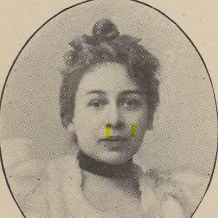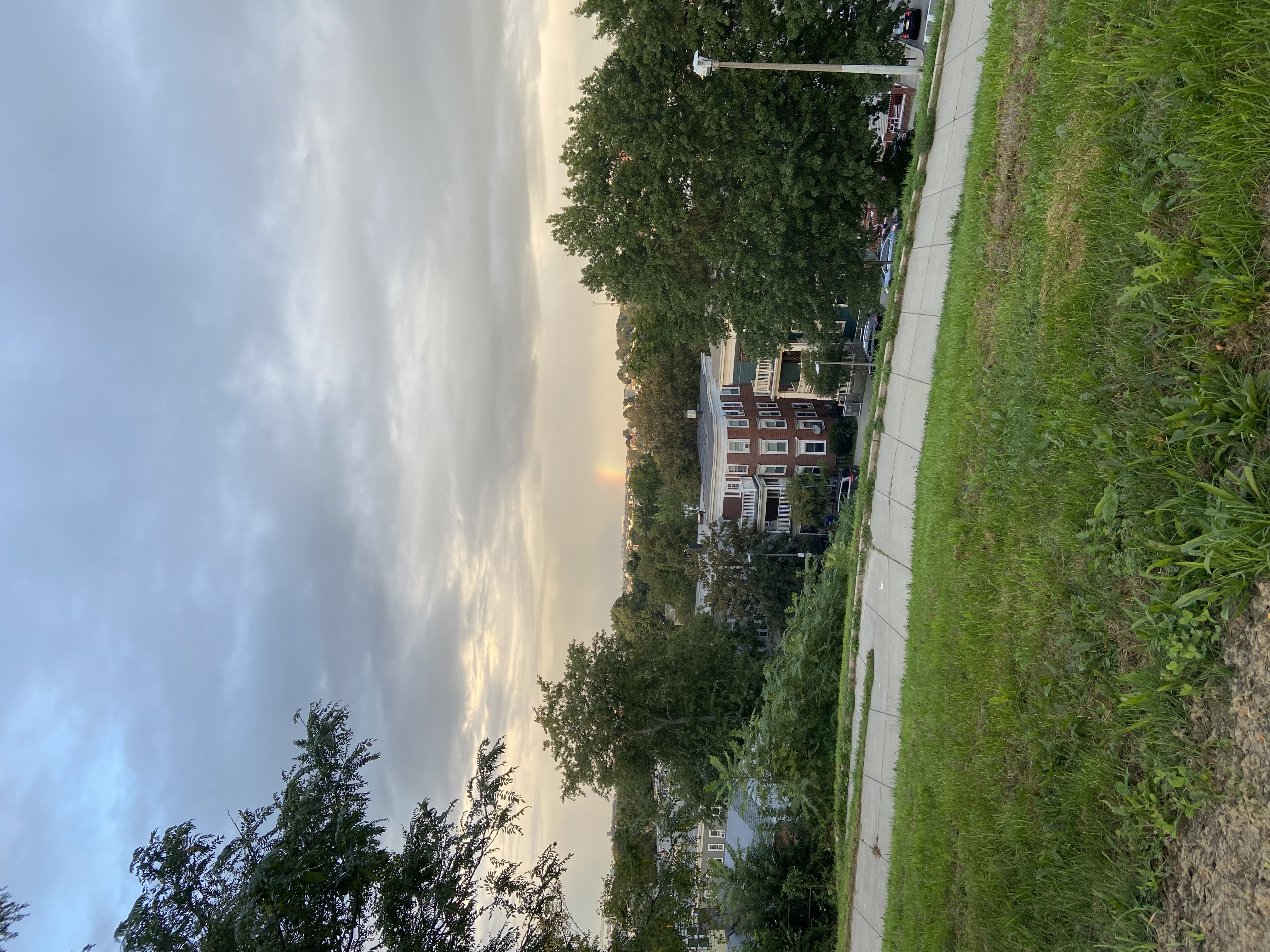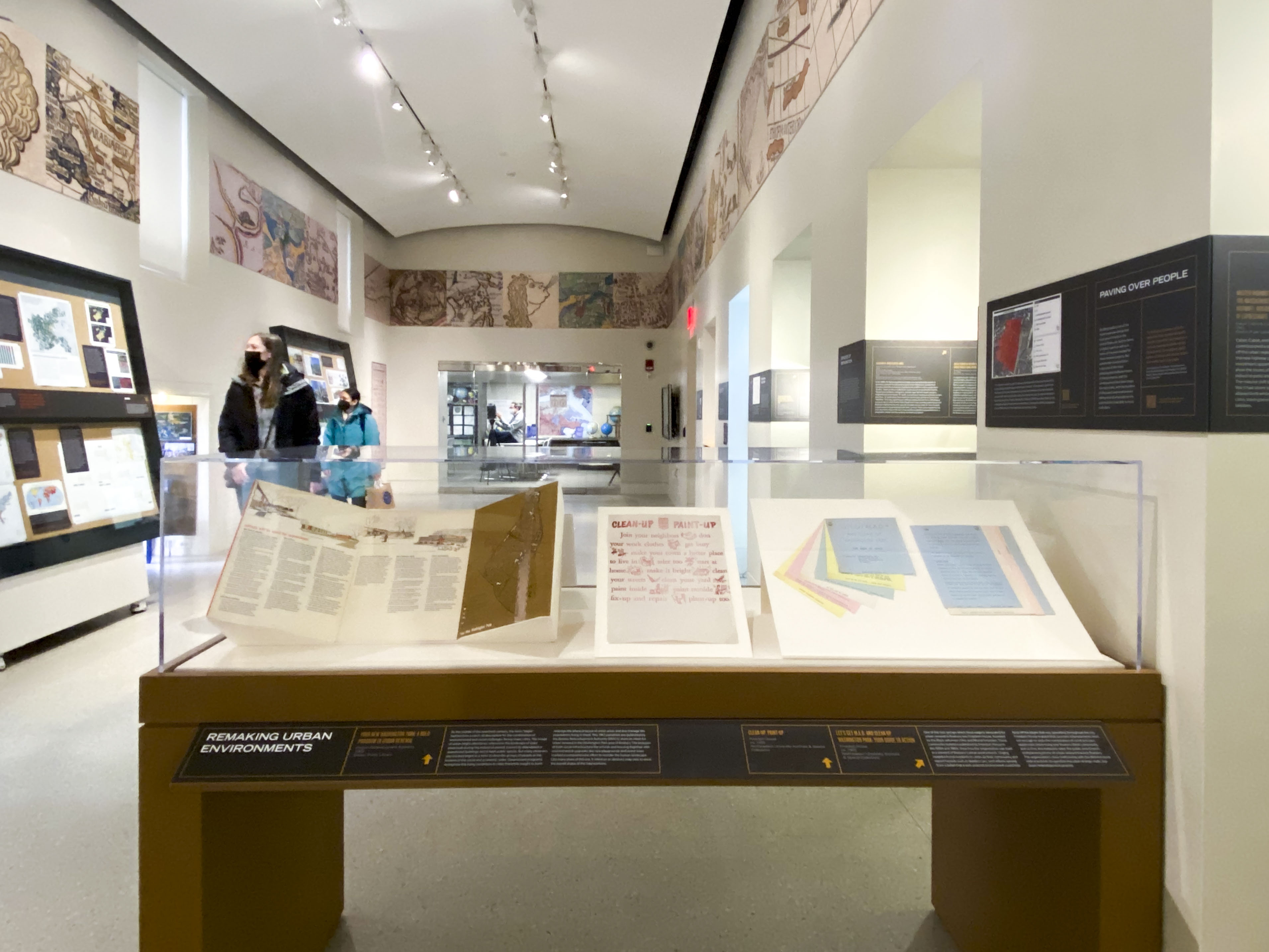STARTING POINTS: A HILL TO RELAX THE MIND
Ronan Park in Dorchester is a place where people come to relax, get some fresh air and exercise. I often hang out there with my friend in our free time. We usually sit on top of the hill and look out at the beach or watch the trains and people that jog by. The park is one of my top choices to relax my mind. A lot of trees surround the park and walkways. I frequently sit under one of them and gaze out at the views.
When I looked at the maps of the area from the 1800s, I noticed that it wasn’t always a park, and there were multiple land owners that had the same last name, “Pierce.” I wanted to learn why some of the Pierces didn’t build much on their lands.
DISCOVERIES: LOCATING MARY EMERY
The story of the Pierce family starts with John F. Pierce, who built two houses between 1818 and 1831 along the southeast slope of Mount Ida, the same hill on Adams Street that shapes Ronan Park. John married Catherine and had a son named Charles Bates Pierce. Charles married Mary Lyman Emery in 1846. Charles and Mary had two children, Elizabeth (b. 1847) and Charles Jr. (b. 1851). According to the 1855 Census, there were four Irish workers living with them.
In 1857, Charles Sr. died of typhoid, and he didn’t leave a will. Mary sold Charles’s properties. She was described in the 1860 Census as head of household with $7,000 in property and real estate, with one of her Irish workers, Kate Fitzgerald, listed as servant. But while Mary was in charge of selling her husband’s property, she couldn’t access the proceeds from the estate. She had to petition for an allowance from the estate and was awarded only $355. She and her children ended up living in a boarding house south of Fields Corner with twenty other people, including single women and families.
When Mary’s father-in-law John F. Pierce died in 1871, his estate was split between various family members, including Mary’s son Charles Jr. and her daughter Elizabeth. Eventually, Mary managed to purchase the 151 Adams St. property from her son and other heirs.It’s strange that Mary had to buy the lands from her own children and relatives. While she was struggling, Mary’s father-in-law, her husband’s relatives and her brother were all living well in the area. Her own family members ignored Mary during hard times. But she found a way to get her worth back.
——
The expansion of the Boston and Albany Railroad allowed the cattle industry to advance significantly by the time Hathaway arrived. The slaughterhouses and Abattoir, built in 1870, became a profitable industry for many property owners who were involved in the cattle business. Profits from the cattle trade also advanced real estate markets.
In Mr. Hathaway’s time of the late 1800s, Brighton was seen as the “wild west” of Boston. Crowded with stockyards and slaughterhouses, one in seven Brighton families earned their living from butchering. Sanitary precautions were rarely taken, however, causing fears of cholera. The state eventually prohibited animal slaughter outside of the Brighton Abattoir, or within six miles of the State House.
Because thousands of transactions couldn’t be accomplished in just one day, in 1830 the Cattle Fair Hotel was built in Brighton for businessmen who needed a place to stay. The hotel had 100 rooms, a dance hall and much more. It was so elegant it even became a honeymoon retreat for newlyweds.
—
At one end of the garden at the end of a long patch of green sits a white statue of a woman in grief, far from the embrace of roses. A green patina hangs in the crooks of her drapes. She mourns the loss of something beautiful. The statue is named “Desconsol,’’ Catalán for desolation. The statue is a replica of Josep Llimona’s original in Barcelona.
—
How did Mary express her rights? Women had no suffrage then, so she couldn’t vote. Yet, when she fought to regain wealth, she gave the money to the people who lived with her in the boarding house and to her daughter and neighbors. Her daughter Elizabeth also left most of the money in her estate to women, and after her death, the house was sold to a Hannah Bliss for one dollar.
—
INTERPRETATIONS: THE COMPLEXITY OF FAMILY
Family is a bridge that brings lives together. Sometimes, family memories can be happy: living in the same house, enjoying the times spent together, or creating new family. At the same time, family memories can be burdensome: sharing out properties, resentment of newcomers, or differences in living habits. Mary Emery Pierce went from living with her husband whose family were wealthy landowners to living in a boarding house with no support. In the Pierce family, they didn’t give Mary all she deserved. But she also gave what she had to others. In Mary’s story of family, there was brokenness. Through these experiences, however, Mary showed strength through generosity.
In my opinion, family can be as soft as talc or as strong as graphene. Expectations and hopes were high when my family moved from Vietnam to the U.S., simply because my parents wanted me to have a better education. My siblings were left behind with no clue when we’d be back. Being an immigrant in a foreign country, I had a hard time learning English and supporting my parents, but my family gives me the opportunities to grow and learn, and I will give back all I have.






